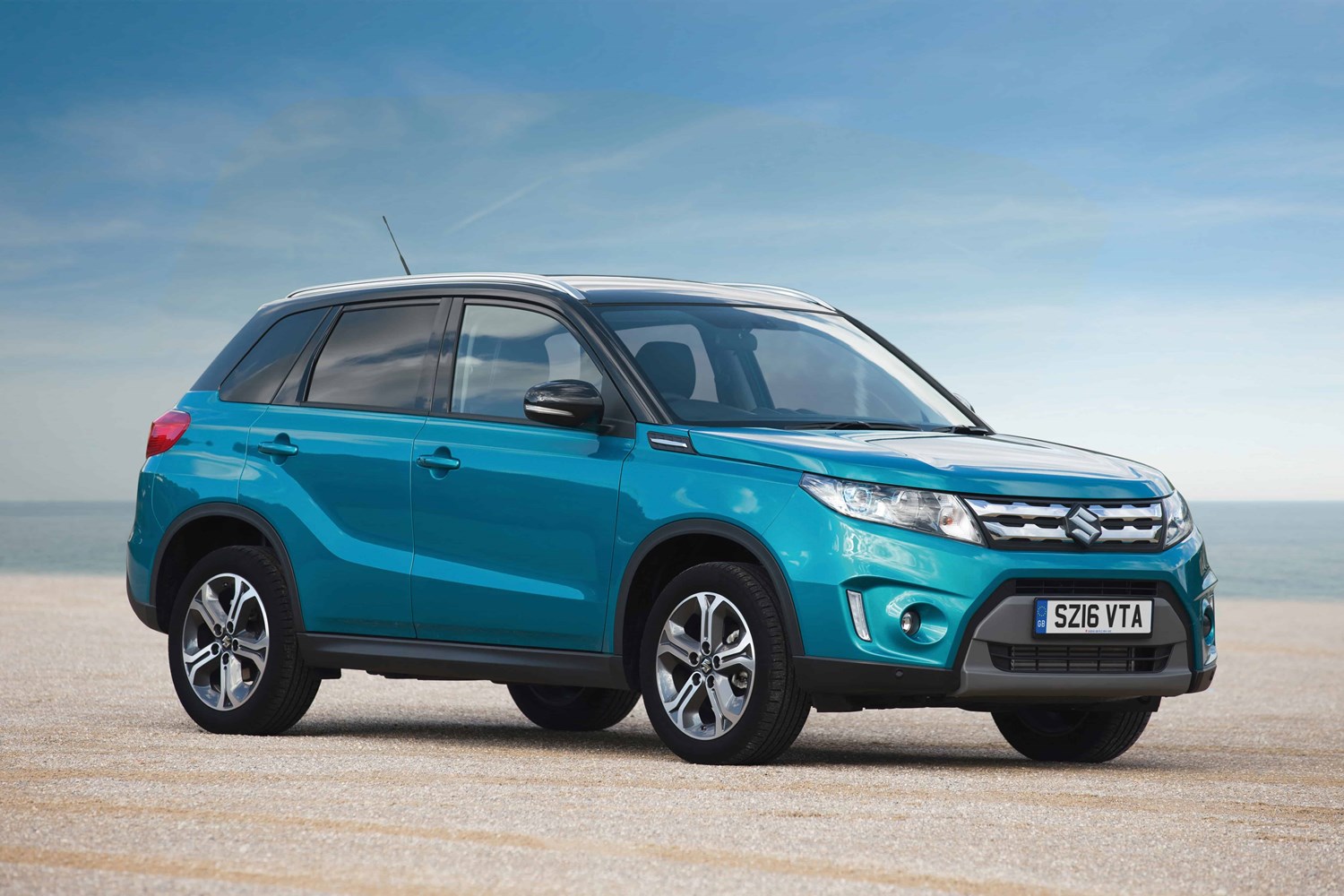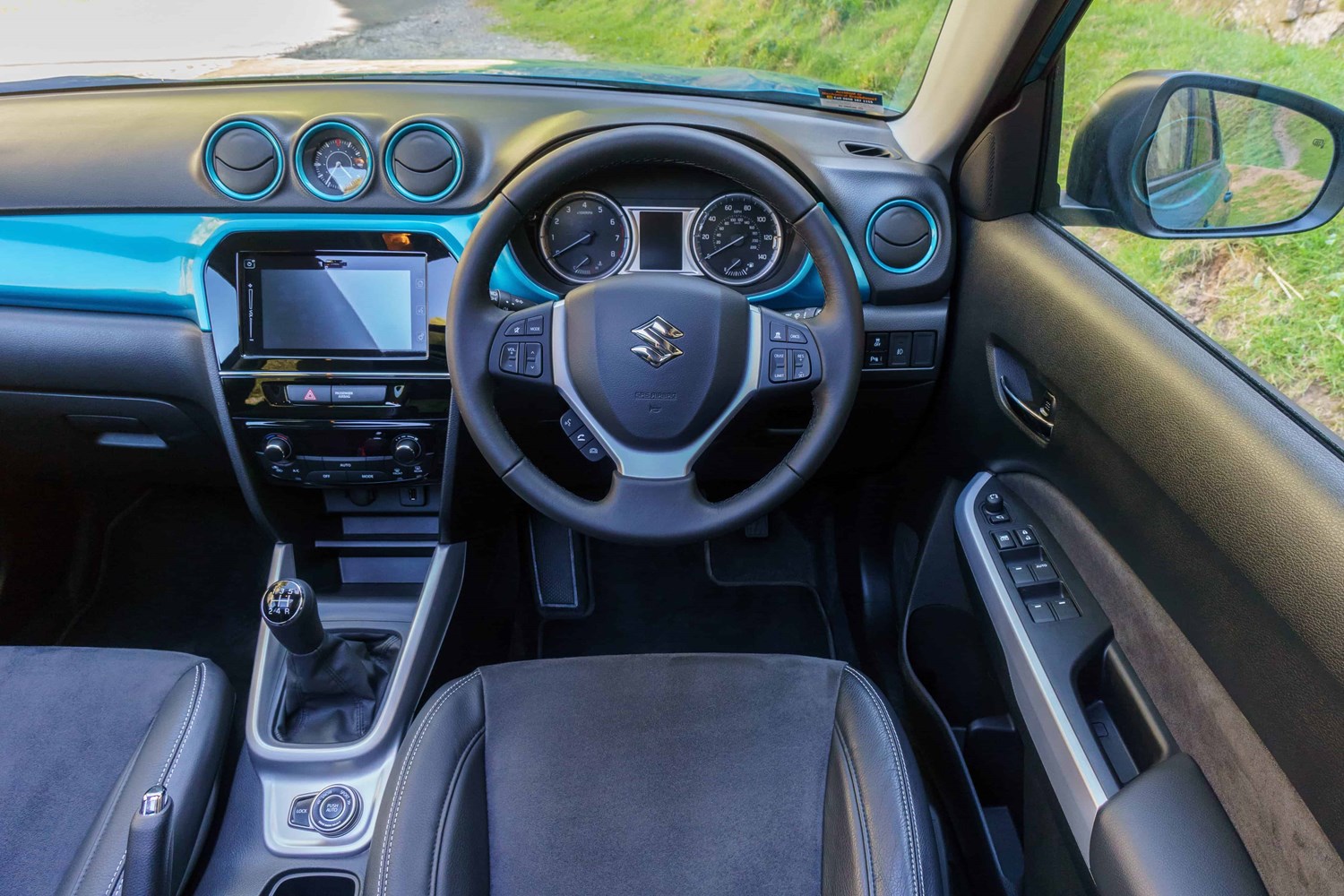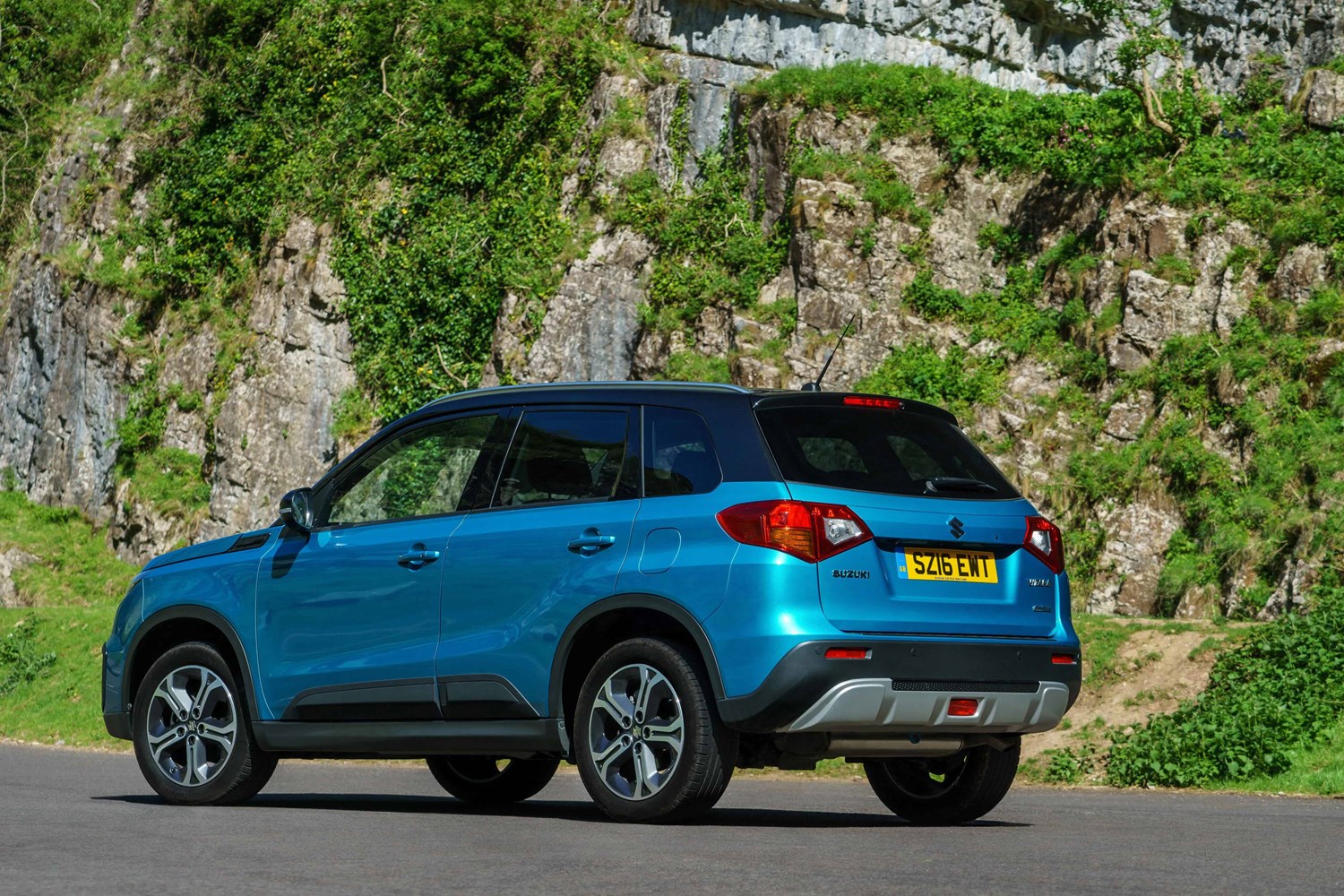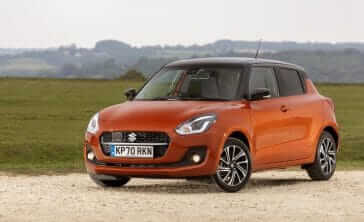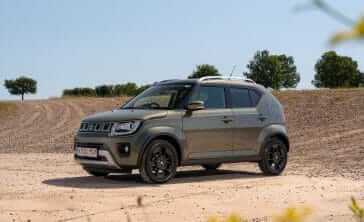Space and practicality
Any small SUV needs to offer at least some level of practicality, and fortunately the Vitara ticks the boxes. There’s a decent amount of room for those sat up front, with a smattering of cubbyholes and cupholders there to help keep the interior as clutter-free as possible.
Those in the back are equally well looked after. Rear-seat headroom is diminished slightly thanks to the car’s raked roofline – so we’d argue that if you’re looking to take taller passengers quite frequently, then other options may be a better choice.
Boot space is decent too; there’s 375 litres to play with when you’ve got the rear seats in place, and this can be increased to 1,160 litres by folding the rear seats down. It’s more than you’ll find in the Nissan Juke, in comparison. It’s also a very square boot, which should make loading bulkier items inside that bit easier. There aren’t any intrusions into the load area to diminish space, either.
Engines
The range of engines offered with the Vitara is quite compact – there are just two, in fact – but it could be argued that this makes deciding which powertrain to go for that bit simpler.
Things kick off with a 1.0-litre turbocharged ‘Boosterjet’ unit. It packs 109bhp and will get the Vitara from 0-60mph in 11.3 seconds which may not sound all that quick, but it feels snappy enough for a car of this size. Plus there’s plenty of torque to hand, so there’s a bit more flexibility in the powertrain than you’d expect.
This is followed up by a larger, more powerful 1.4-litre engine. This will help the Vitara to crack that 0-60mph sprint in 9.2 seconds, and does give the car a sportier feeling overall. It’s refined and smooth engine too, though a word of warning – it’s only available on the top two trim levels.
Running costs
Running costs for the Vitara may not be the cheapest when compared to other cars in the segment, but they’re still far from scary.
Suzuki claims that the two-wheel-drive Vitara powered by the 1.0-litre engine will return 45.9mpg in manual form, or 41.7mpg when fitted with the automatic gearbox. Emissions-wise, the Vitara will put out 121 or 129g/km CO2 respectively. Of course, select a four-wheel-drive version and these figures will be hit considerably, too.
When it comes to the larger 1.4-litre-powered Vitara, Suzuki claims that you’ll get up to 43.6mpg in the manual car, or 39.8mpg in the automatic variant. CO2 figures are 131g/km and 133g/km respectively – so the smaller 1.0-litre version is by far the cleanest option here.
